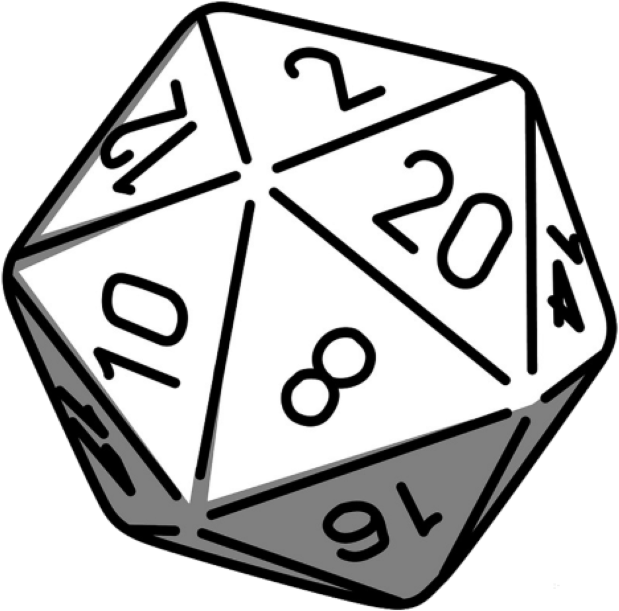After a year of using Latex as my writing and layout tool for a homebrew RPG, and writing stories for WW’s Vampire, here are the main results and differences:
No finished product
Standard publishing usually requires a book be done in discrete stages. The book must be completed before proof-reading, and proof-reading must be done before the index.
Latex automates the index, glossaries, table of contents, et c., so nothing has to be done discretely - you can add a random paragraph, and feel certain that the index is still fine.
The downside here is that some people need to be told their work is complete if they are going to finish it. And indeed I’ve been unable to resist adding or fixing things every couple of days for the last year. It’s good for the book, but bad for the author.
The upside is ‘continuous integration’ - during playtesting, any time a spelling mistake or botched rule came up, I could fix it instantly, without worrying about checking references.
Macros are great, YMMV
Every RPG has unique needs, so the major publishing tools will likely not cater well for those little pieces, like the exact format of an encounter table, or a stat-block for a vampire, or whatever.
LaTeX lets you set a unique command for anything, so any work which you can explain to a computer can be done for you.
The downside is that this has a far steeper learning curve than most tools. I wouldn’t say LaTeX is inherently more difficult than learning Scribus or InDesign, but I think it’s fair to say that macro-use is diving in at the deep end of the pool.
The upside is that once you’ve set up a macro well, you can save a lot of time that might have been spent messing with box-positions. Currently, if I need a generic goblin for an adventure, I can type \gobiln, and a random goblin gets generated, with a random goblin-appropriate weapon and plausibly-goblin stats.
Example of customizable layout environments
No Front End
You can edit LaTeX with any number of tools, like Overleaf (website), TeXStudio, vim, et c. You can also add any tools which work well with text to your workflow, such as using git to control your versioning.
The upside is that I can use my favourite text editor, and when a friend helped me on a project, he got to use his own favourite LaTeX editor.
The downside is I now keep 2 sets of documentation on ‘how to join the project’ - one for working on Windows, and another with my own setup.
Versioning
Using simple on/off switches, a book can easily have multiple versions. The core book has a ‘reference’ version with no images, and much shorter examples. It’s about 40 pages shorter than the full core book.
Some adventure modules also have a ‘hardcore’ mode for higher level parties, so a single adventure can be used for both ‘high and low level’ parties, without rewriting the entire thing.
Referencing II: Beyond the Index
People are familiar with standard referencing, but using LaTeX has made it possible to create summaries which would be prohibitively expensive with standard typography tools, even for a large company.
I can’t speak to everyone’s use-cases obviously, but personally I wanted:
- A miniature table of contents per Quest
- The table of contents needed slightly different titles from the actual Encounter titles
- A further Appendix, listing out each encounter by where the encounters took place, not based on which Quest they were a part of
- But also the Appendix needs a note about which Quest the encounter is a part of.
The result is clean, easy referencing, done automatically.
The Curse of Images in columns
LaTeX can place images on the page in an intelligent and pleasing manner… unless you’re working in a two-column environment. Inside columns there is no way to guarantee that an image will be placed in a sensible position every time you make an edit and recompile.
I’ve read through the documentation, and read every Stack Exchange debate on the subject. I’m convinced it’s not possible to do this well.
The only solution is to manually check the document when making changes above an image, or to have images placed outside the columns.
Placing images in columns and having the text wrap around the image (so the text curves gently around a fighter’s broad sword), in that fancy way that RPGs love so much, is such a faff that it’s probably not worth doing. It’s reasonable to say that this feature is simply ‘absent’.

